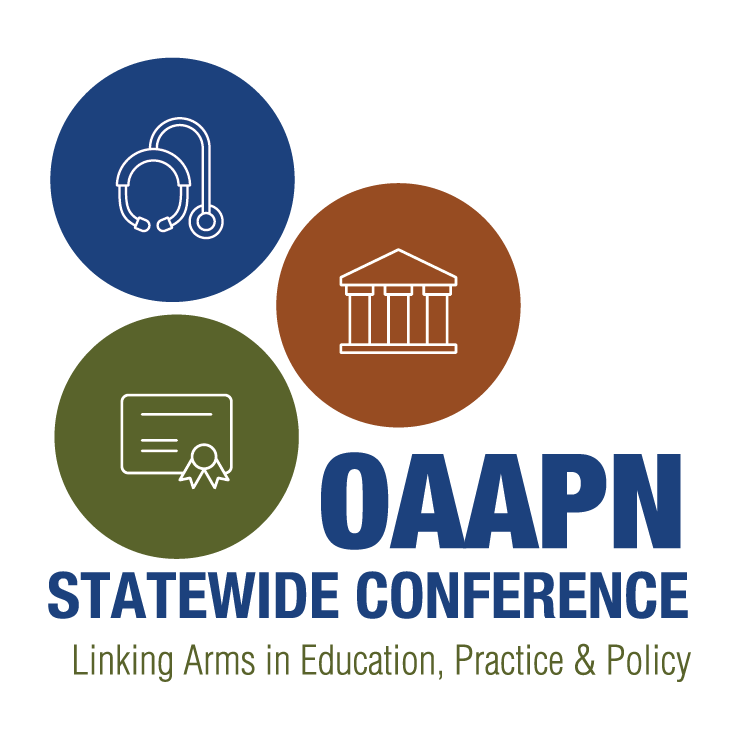Thank you for attending the 2025 OAAPN Conference!
OAAPN’s 34th Annual Statewide Conference has officially come to a close. The three-day event brought together hundreds of Ohio’s advanced practice nurses for a weekend filled with education, networking, and of course, fun!
This year’s conference welcomed 338 attendees, 64 exhibitors, 11 sponsors, and featured 34 speakers and 11 poster presentations. Just like in years past, attendees had the opportunity to earn over 18 hours of continuing education through a variety of hands-on sessions and workshops. Some examples include:
- Neuro & Pulmonary Imaging
- Functional Medicine: Root Cause Medicine
- Facial Dermatologic Concerns in Primary Care: When to Treat, When to Refer and When to Reassure
- From Aura to Aftermath: The Migraine Experience
As we celebrate another successful year, we’re already looking ahead to future OAAPN conferences, and we want your feedback! We’re gathering input on event timing and location to help shape future conferences and make them even more accessible and rewarding for all attendees.
Read our full Conference Recap here.
